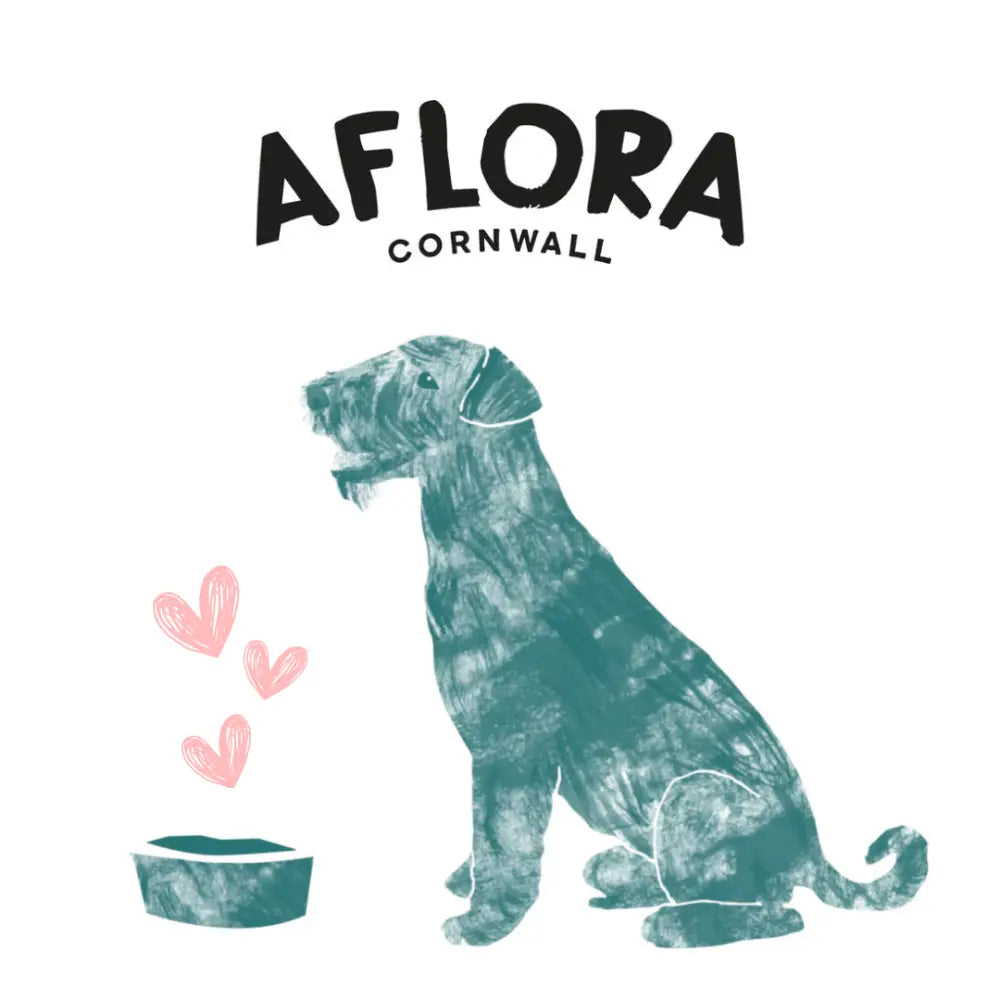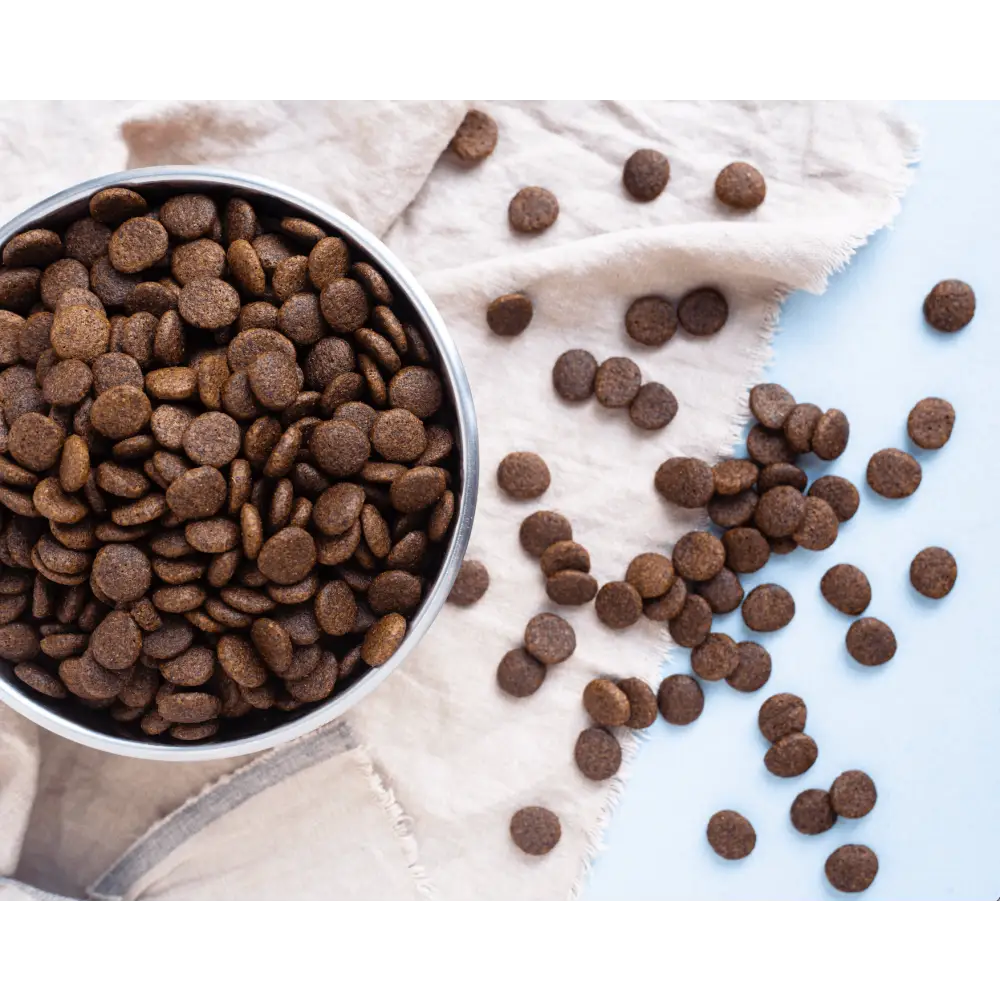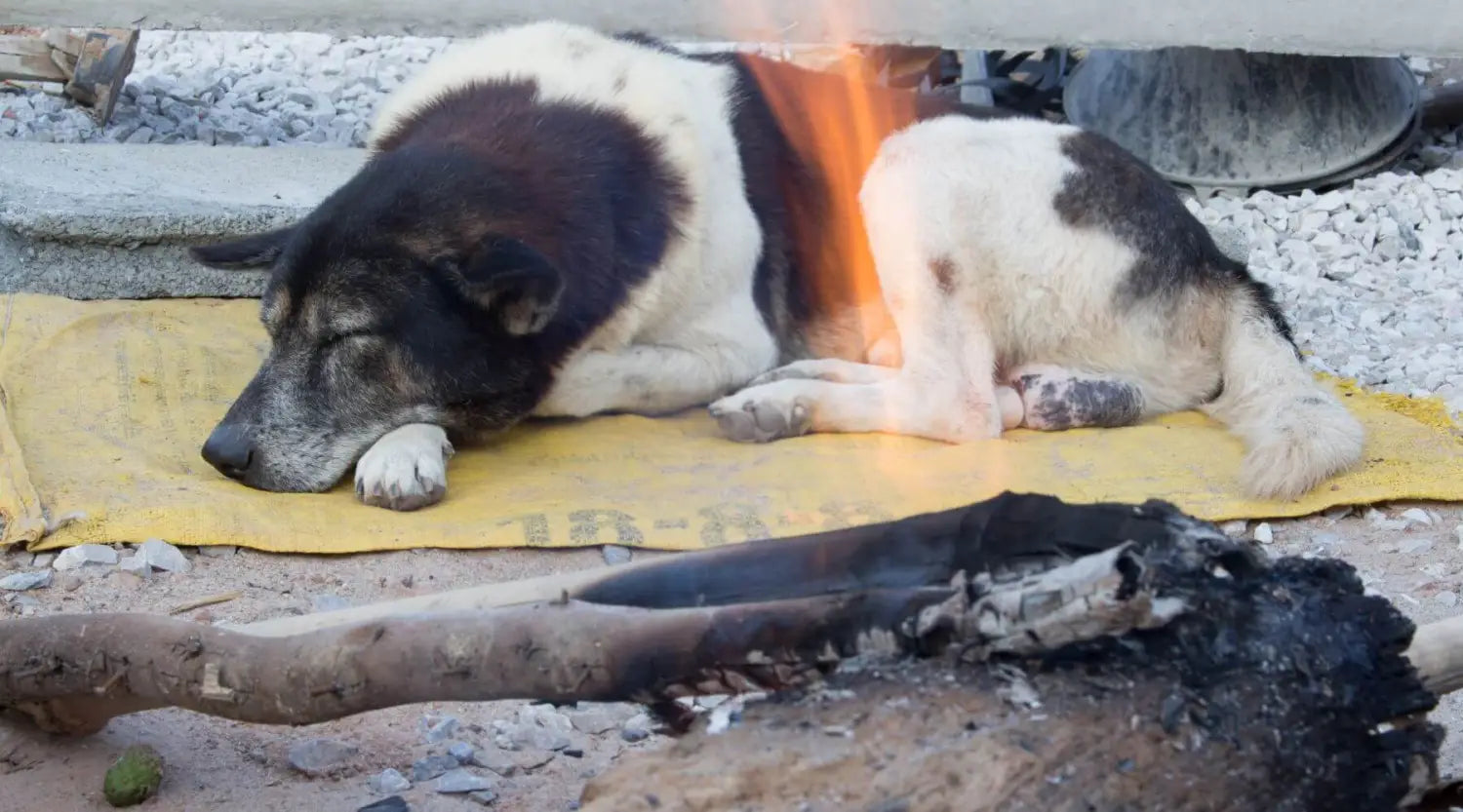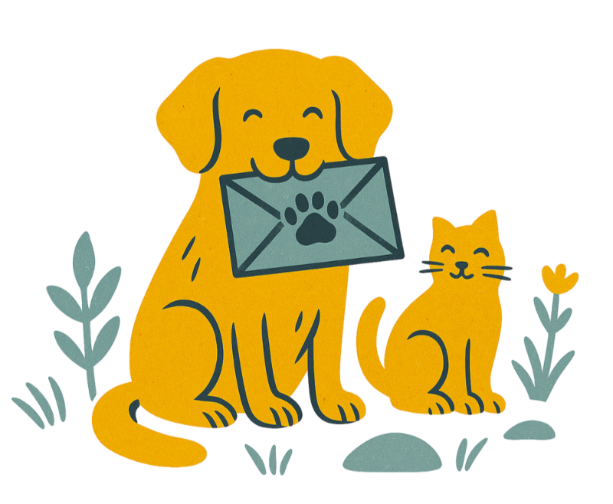This week has marked that time of year when I get firmly out of the way and let my partner turn our living room into what I can only describe as a grotto.
Christmas is the perfect opportunity to give our houses a glow-up, with cascades of tinsel, a bounty of baubles, plethoras of paperchains and more robin motifs than you can shake a glitter-laden stick at. However, as dog owners, there are a few things that we should all be aware of when decorating for the festive season, especially when it comes to more natural decorations. We love a wreath, a sprig of mistletoe, holly decking the halls, and our poinsettias are something to behold, but, some of these winter wonders can be a problem for your dogs if they come into contact with, or ingest, them.
So, in this post, we will be giving you the lowdown on the decorations to avoid when you are creating a Christmas feel in your homes this December.
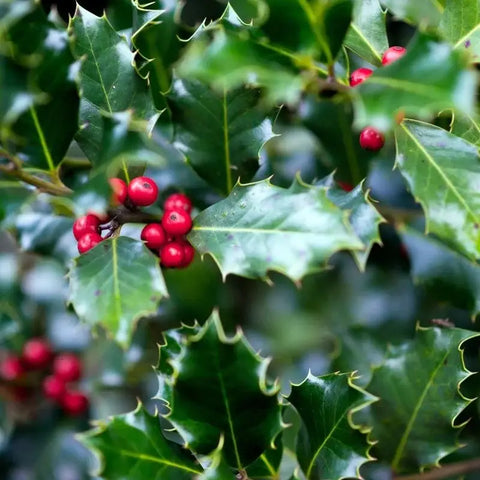
Poisonous Christmas Plants
More and more people are choosing a naturalistic theme at home for their decorations these days. Less plastic and more natural is always a good thing in our eyes and we love the Scandinavian feel when it comes to dressing our house for the festive season. However, there are a few things we should watch out for when using decorations provided by mother nature, not least the plants we might introduce that can cause some very unpleasant problems for our dogs if ingested or, in some cases, touched.
Holly
Although the spiky leaves of the holly plant will probably deter your dog from eating it, the berries of the holly are poisonous to humans and dogs alike. They can cause nausea, vomiting and severe diarrhoea.
Ivy
Skin contact and ingestion of Ivy can be a problem for our canine companions. Contact with skin can cause conjunctivitis, discomfort and rashes, whilst ingestion can cause vomiting, drooling and diarrhoea.
Mistletoe
Many of us would have stolen a moment of romance under the mistletoe, however, this plant should be kept well away from our dogs as it is highly poisonous to them. If eaten, mistletoe can cause some quite severe symptoms including; vomiting, laboured breathing, severe diarrhoea, cardiac collapse and, in some very rare cases, death. One best left out of your decorations if you have dogs around.
Poinsettias
The ravishing red leaves of the poinsettia are synonymous with the festive period, sadly if ingested in large enough quantities they are poisonous to our four-legged friends. Thankfully it would take a very large amount to be eaten to cause any real issues and the leaves taste so bad it is unlikely our dog would be able to eat enough. They can potentially cause oral pain and vomiting if eaten in these volumes.
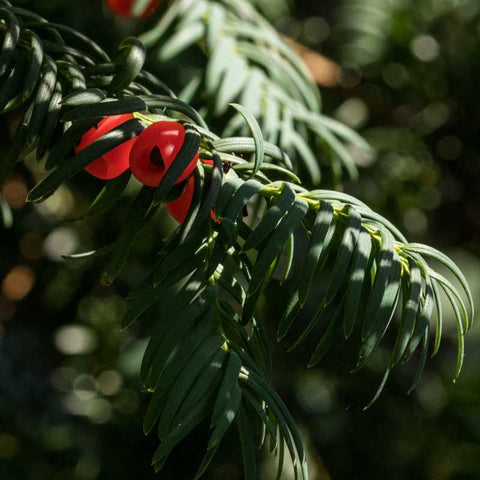
Yew Tree
Once a plant that was synonymous with Christmas, the yew tree has once again become popular with boughs of this festive evergreen common in homes again. Sadly, all parts of this plant are toxic to dogs, from berries to leaves, and are best avoided in dog-friendly homes.
Dangerous Xmas Decorations for Dogs
It goes without saying really, but, any decorations that are small enough to be chewed or eaten by your dogs have the potential to be a hazard. Baubles are one of the worst culprits as they look very tempting and ball-like to our four-legged friends. They are also usually made of glass or brittle plastic and can cause a whole host of problems if they are chewed and shatter.
Christmas lights can also be tempting to dogs and have the potential to end in electrocution, strangulation and fire if left in a place that is reachable for them in the home.
Many of us also have reindeer, robins and deer, made from a whole host of materials, festooning our homes at Christmas. These can also look suspiciously like dog toys to our canine companions, but, won't be made of durable or dog-appropriate materials and could be chewed and swallowed, potentially causing a problem that will deflate the festive cheer very quickly.

Why not try getting them a festive toy to keep them otherwise occupied, like one of the options from our KONG range Here>
Avoiding the Nightmare Before Christmas
The simplest way to avoid a Christmas catastrophe is to decorate where your dogs cannot reach. You can also use baby gates or small fences to cordon off your tree or any other floor-standing decorations.
You can also try to train your dog before the decorations go up (probably a bit late for this year) although this is not foolproof and we would recommend avoidance rather than reliance on training.


